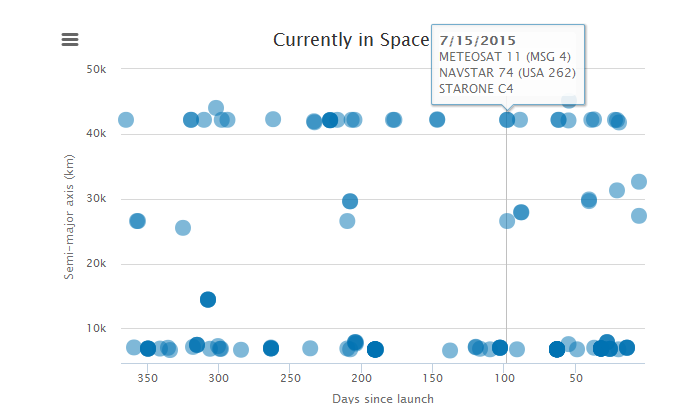Research and Analysis
Piecing Together the Space Industry Puzzle
Written by: developer
by Micah Walter-Range, Space Foundation Director – Research & Analysis
Human brains crave stimulation and novel experiences. This is one of the reasons I enjoy studying and writing about the space industry – there is so much variety and the nature of the industry itself is undergoing some major changes. As the space economy grows and space technology continues to be integrated into the daily processes of other industries, the way we understand and categorize space activity must also change.
From an analytical perspective, keeping track of the space industry’s evolution is like working on a jigsaw puzzle that is constantly having new pieces added. It requires a flexible approach, and the occasional workaround when the piece (of data) you want is not readily available.
Flexibility and timeliness were two of the main reasons we recently shifted the focus of The Space Report to an online format that can be updated throughout the year, as opposed to a once-a-year publication (although an annual PDF of highlights will still be published for the foreseeable future).
The website offers interactive charts that enable you to search for the orbital characteristics of objects currently in space, with new ones added shortly after the U.S. Air Force starts logging their trajectories across the sky. The site enables tracking of launch vehicle performance throughout the year rather than once a month or once a quarter, and we are ready to handle a major uptick in launch events should some of the emerging smallsat launch systems create a boom in business. And that’s just a ripple on the surface of the deep pool of data available on the website.
As a reflection of the changes in the way the space industry operates, we are always reassessing the way information is sorted. One of our recent projects was figuring out how best to track and present the cubesat deployments from the International Space Station. Historically, satellites have been considered “launched” when they leave Earth, even if they’re aboard a cargo vessel headed to the ISS. While that makes sense for tracking the activity of satellite manufacturers in a given year, it doesn’t provide a great deal of information about the satellite operators, who may have to wait quite some time before the satellites can be deployed from the ISS. So now we have a supplementary launch log that tracks ISS satellite deployments – nearly 50 so far in 2015 – and I fully expect we will need to add a new category in the future for satellites that are manufactured (or at least assembled) in orbit from components that may have arrived in space over the course of several months or even years.
The industry evolves, and we evolve with it – I always look forward to seeing how the picture on the puzzle changes as each new piece finds its place. So far, it is looking vibrant and colorful.

This article is part of Space Watch: November 2015 (Volume: 14, Issue: 11).

